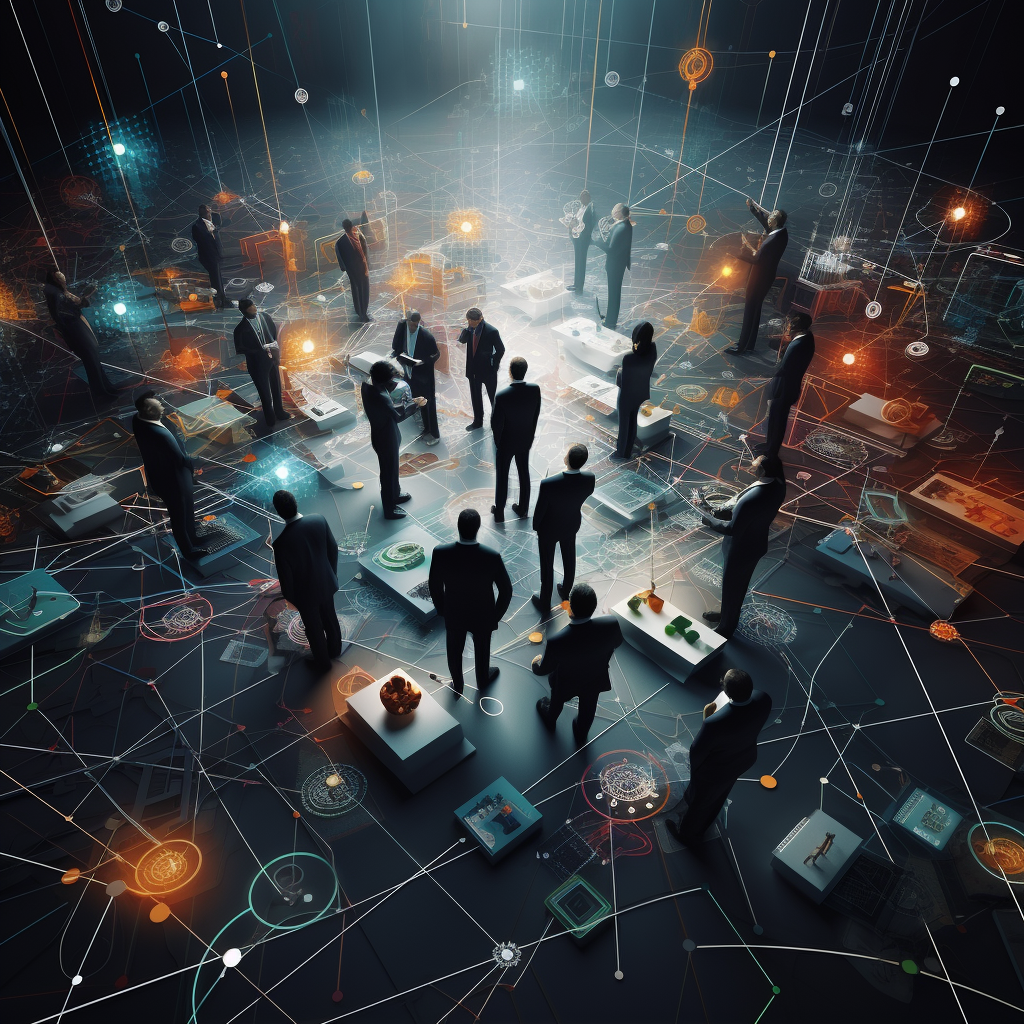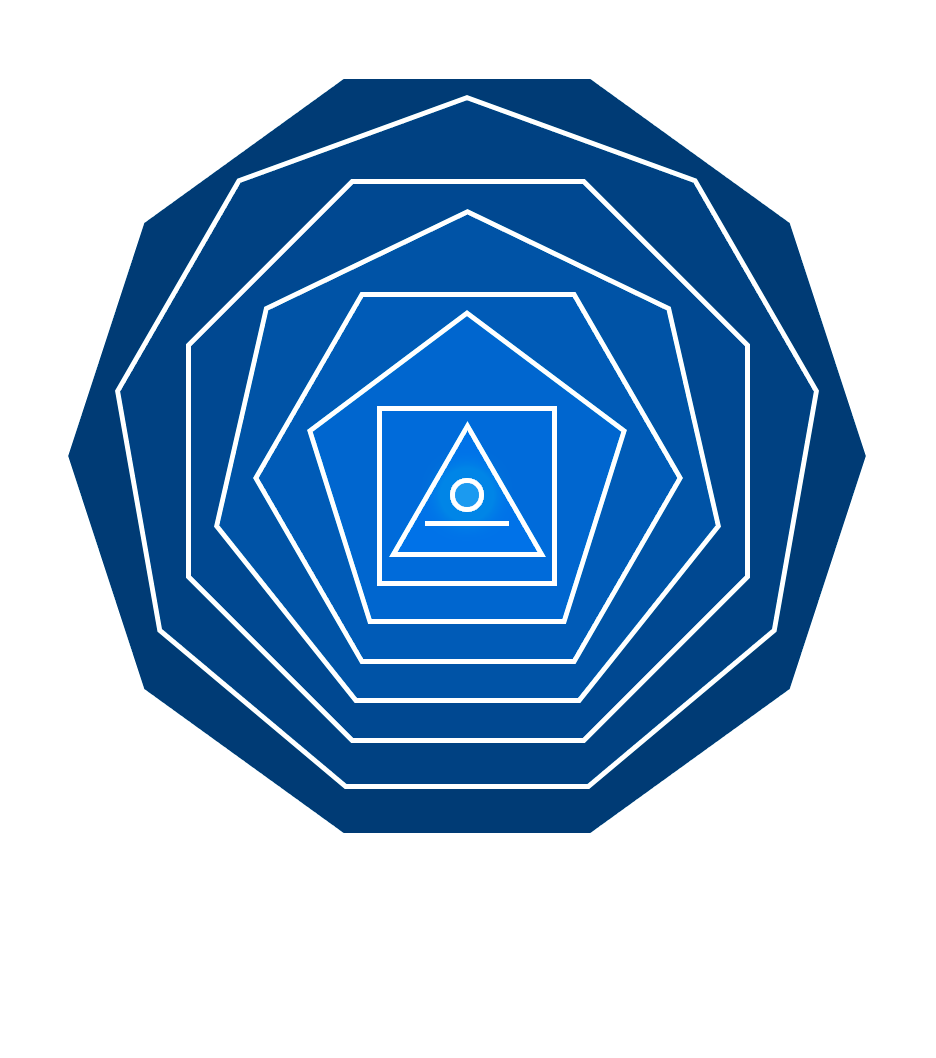Learning to Manage Complexity & Uncertainty

Many common ways of thinking, working, and learning are failing us today. They lead to stress, waste, high turnover, inefficiency, ineffectiveness, low engagement, decreased customer satisfaction, and the list goes on. For more and more organizations, these old ways ultimately lead to closed doors—a failure to adapt and evolve in a rapidly changing environment that demands we do like never before. I propose that our approach to L&D (and education more broadly) is both at the heart of the problem and the solution.
Why are our ways of thinking, working, and learning failing us today?
Hypothesis 1: The world we are living and working in has become more complex than ever before. Many of our current approaches were developed for slower, more predictable environments. New approaches are needed to be effective in this new context where there is inherently more uncertainty, ambiguity, and volatility.
The acronym VUCA has been used to describe this modern context (volatile, uncertain, complex, ambiguous), and will be useful for helping us explore the question above and the hypothesis proposed.
What role does L&D play in this shift to new ways of thinking, working, and learning?
Hypothesis 2: L&D as a field will play a central role in developing new ways of thinking, working and learning better suited for current and future contexts—if leaders are willing to do the work necessary to develop an understanding of their own thinking, ways of working, and ways of learning.
Arguably, without developing this understanding, we will approach this new world in largely the same way we did the old. We might default to a belief that what we need is a new set of best practices. Or, that we need to hire the right expert to come in and analyze their way into a solution they’ll serve us up on a silver platter. Or, that we need a comprehensive benchmarking report so we can keep up with what our competitors are doing. But what if this is not what we really need? What if our attachment to such beliefs is holding us back from realizing our potential to step into new value-adding roles? What might we be missing?
Just to be clear: I am right with you in facing this need to develop understanding. Writing this book is part of that process. Consider this an invitation to join me.
What exactly do we mean by developing understanding? This is fundamentally related to our ways of learning. How we learn is at the root of how we think and how we work. In Indirect Work, Carol Sanford writes, “To understand anything requires an inner shift, a willingness to immerse ourselves in experience, allowing whatever we are studying to fully enter our awareness, become illuminated by reflection, and thereby change us.”
Sanford, Carol; Haggard, Ben. Indirect Work: A Regenerative Change Theory for Businesses, Communities, Institutions and Humans (pp. 55-56). InterOctave, Inc. Kindle Edition.
We’ll explore this way of learning more in-depth shortly. First, let’s address the elephant in the room and its relation to why a new way of learning is called for: the rise of artificial intelligence and automation technology.
This space is moving so fast it’s impossible to say what impact it will have in even the short term. One thing, however, is fairly certain: human beings are now being challenged to develop capabilities that are uniquely human. What does this mean? As we continue to be surprised by the rapidly-evolving capabilities of these machines, we will have to keep digging in deeper and exploring new levels of potential. This will require a transformative shift in how we think about learning.
As we’ll continue to explore, all-too-common approaches to L&D that treat learners like machines to be programmed with best practices is a critical threat to the type of development that is urgently needed now. We need people that can think for themselves, people that can manage themselves, people who care, people who are engaged and driven by a deeper purpose. People that are conscious.
What I’ve observed in working with L&D leaders over the years is a desperate struggle to navigate this transition. As things change faster and faster, this struggle intensifies. Trying to keep up with training learners from the old paradigm is becoming a fools errand—by the time a training program is finally released, the context has shifted and it misses the mark. We get caught in what we’ll call here the upskilling cycle of perpetual waste. We try desperately to keep up with analyzing needs, developing training, and updating out-of-date resources. The most talented L&D people working in the most efficient way possible are arguably still doomed to fail—until we make a fundamental shift in how we approach the learning process itself.
The path forward contains more questions than answers. What roles will human beings play in this emerging world? What capabilities do we need to develop? How will we develop them? What role will L&D play in this developmental work?

